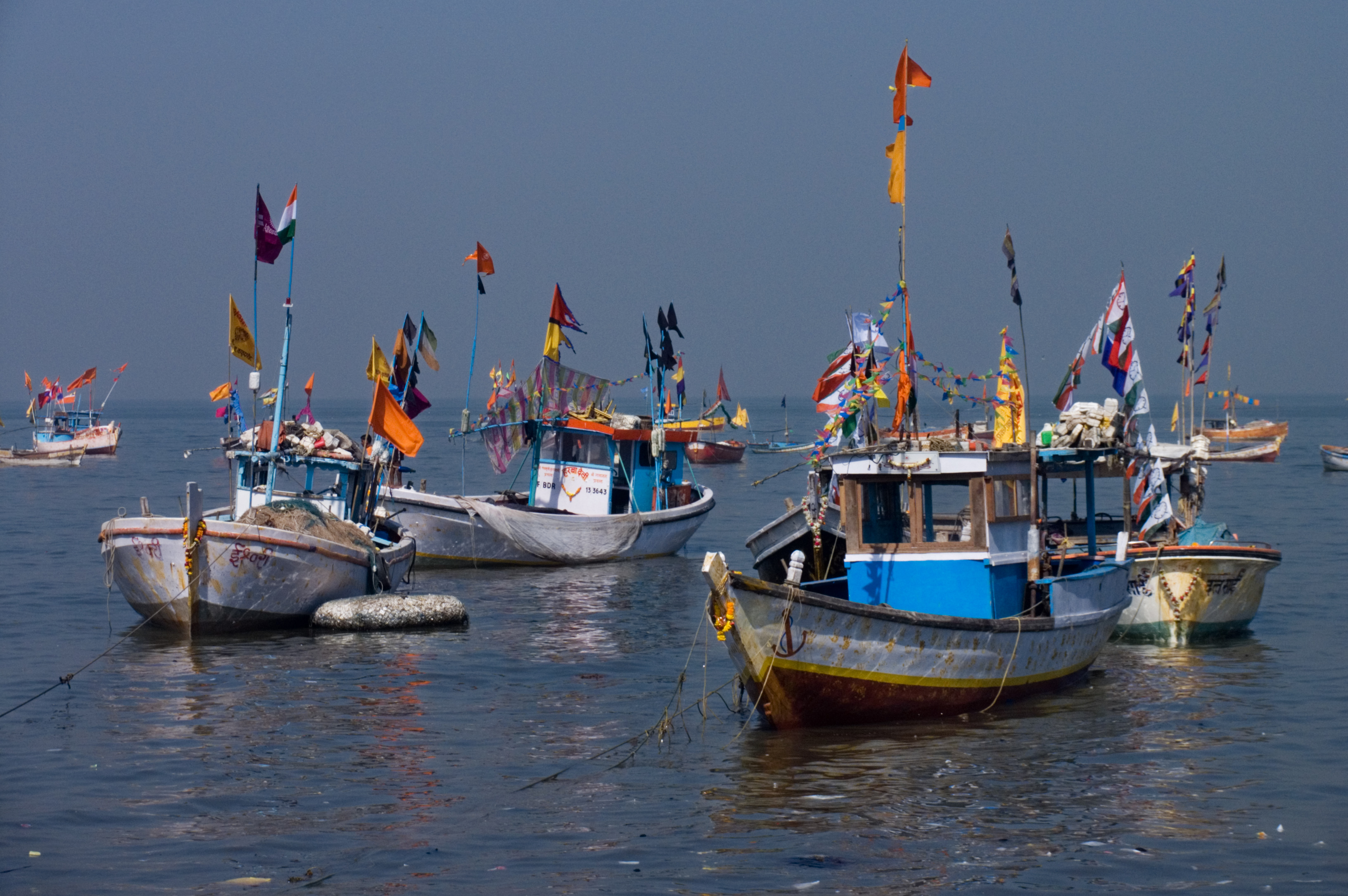Gujarat Holds Second Position in Marine Fish Production
August 03, 2025
Gandhinagar: Gujarat ranks second in the country for marine fish production.
Fish Production Figures
Gujarat’s average annual fish production over the last four years reached 8.56 lakh metric tons. In the year 2023-24 (October-September), marine fish production in the state was 704,828 metric tons, and inland fish production was 203,073 metric tons. This brings the total state fish production for 2023-24 to 907,901 metric tons. For 2024-25 (October-September), marine fish production is projected at 764,343 metric tons, and inland fish production at 272,430 metric tons. This projects a total state fish production of 1,036,773 metric tons for 2024-25.
Central Support: Pradhan Mantri Matsya Sampada Yojana
The Central Government has implemented the Pradhan Mantri Matsya Sampada Yojana (PMMSY). This scheme aims to increase fisheries production and productivity, and improve fishermen’s livelihoods. PMMSY addresses gaps in the fisheries value chain, from production to marketing. The scheme seeks to modernize the value chain, enhance traceability, and establish a fisheries management framework, while ensuring fishermen’s welfare.
Under PMMSY, projects worth 897.54 crore have been approved for Gujarat from 2020-21 to 2024-25. A grant of ₹50 crore has been released from the Center for Gujarat under PMMSY for the year 2025-26. This boosts fisheries activities in the state.
Gujarat Government’s Initiatives for Fisheries
The state government has undertaken several initiatives to utilize Gujarat’s coastline for fisheries development. These include a reduction in VAT on diesel, subsidies for kerosene and petrol purchases, land provision for shrimp farming, road and electricity facilities, and infrastructure enhancements at ports for small fishermen. Four new fishing ports are under construction at Madhwad, Nawabandar, Veraval-2, and Sutrapada.
For the current year 2025-26, the state government has introduced several new initiatives for fisheries development. These include assistance for setting up biofloc/recirculating aquaculture systems (RAS) for fish farming, aid for purchasing medicines and minerals for shrimp pond preparation, and probiotics. Assistance will also be provided for cage culture, establishment of boat building yards, blast freezers and cold storage for boat owners, fisheries cooperative societies, and fish traders. Other initiatives include providing boats and nets for traditional fishermen, aid for fish by-product processing units, sea-weed seed banks, shrimp/fish/crab hatcheries, and sea-weed culture (raft/tube nets). DeshGujarat
Recent Stories
- PM Modi proposes Thiru CP Radhakrishnan Ji's nomination for the Vice President
- India operates 24 nuclear power reactors with 8,180 MW capacity: Centre
- Closure of Tapi Bridge on Ahmedabad–Mumbai Highway Extended till Aug 20
- Pakistani Mohalla in Surat renamed to Hindustani Mohalla
- Multiple rounds of heavy rains likely in Saurashtra, Kutch, during 16-23 August: Weather analyst
- NHAI Rolls Out FASTag Annual Pass; List of Eligible Toll Plazas in Gujarat
- PM Modi announces Mission Sudarshan Chakra; aims to boost national security shield by 2035
